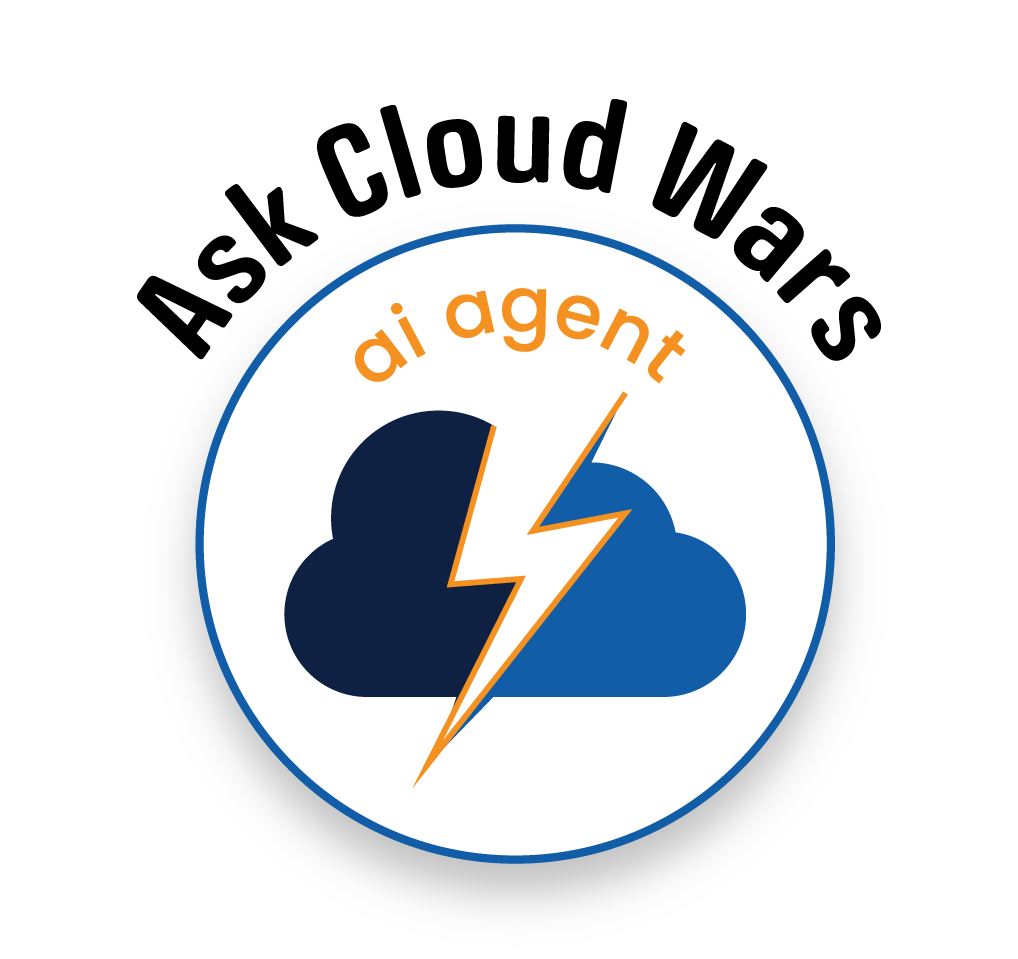
I’ve recently written about AWS, IBM, and Microsoft, all giants who’ve announced supply chain product expansions over the last year capitalizing on AI, the Internet of Things (IoT), and other digital technologies.
Now, enter SAP. In enterprise software, SAP stands as a market leader with annual revenue exceeding $33 billion. SAP recently detailed AI-based enhancements in its supply chain offerings, which it demonstrated at the Hannover Messe trade fair.
SAP’s theme was Bring Out New Manufacturing Excellence, placing a focus on using SAP’s AI capabilities for improved decision-making and expanding collaboration with a goal of helping customers transform manufacturing.
SAP noted several examples of its digital supply chain capabilities:
- Running a manufacturing facility power plant via the metaverse using SAP Asset Management to improve maintenance processes
- SAP Digital Manufacturing to enable decentralized batch execution in a facility miles away from the control center
- Simplified and rapid inspection based on AI-enabled algorithms to detect defects in liquid filling operations and component assembly
- An electric CNC molding machine with automated real-time service location management feeding inventory movement back to SAP Digital Manufacturing
- A module to enable circular manufacturing decisions on whether to scrap or refurbish a defective part
- My personal favorite: multi-vendor fleet management that allows a company to manage automated mobile robots that have been obtained from multiple vendors
In a supporting paper, SAP noted that companies stumble in managing supply chain complexity, partially because there is a tendency for business functions to work in siloes. So its tools are collaborative and focused on the entire design-to-operate process.
Ask Cloud Wars AI Agent about this analysis
Understanding that individuals are generally schooled in Excel for their own data analysis, SAP has created Excel-like interfaces. The difference: instead of one-off spreadsheets sprinkled across the business, SAP software uses live data accessed from the cloud. This is going to improve accuracy and timeliness because the data comes directly from the source and isn’t being transferred to a spreadsheet. Finally, with an understanding that data is never 100% clean, SAP uses machine learning tools to improve data accuracy.
To support all of this, SAP has created the new role of chief artificial intelligence officer (CAIO) which reports directly to CEO Christian Klein. The role is being filled by Philipp Herzig, formerly head of SAP’s cross-product engineering and experience.
Herzig is tasked with overseeing AI implementation throughout SAP’s services suites and driving related cloud revenue. The goal is to integrate AI into every application so customers can use SAP Business AI consistently across the entire portfolio.
In the end, it’s all about dealing with disruption. Be it geopolitical turmoil, weather extremes, material shortages, or labor constraints, the need to adjust rapidly to changing situations is only increasing. SAP’s initial customers report impressive results, including a 92% decrease in forecast turnaround time or a 15% increase in supply chain workforce productivity; both of these metrics are important indicators of agility.
The need to adjust rapidly to changing situations is only increasing. Darcy MacClaren, chief revenue officer for SAP digital supply chain, recently stated that SAP’s goal is to become “…the largest AI enterprise out there, bar none.”
If SAP can leverage the 400,000 businesses already using its software, the company is on a good path to make that happen.











